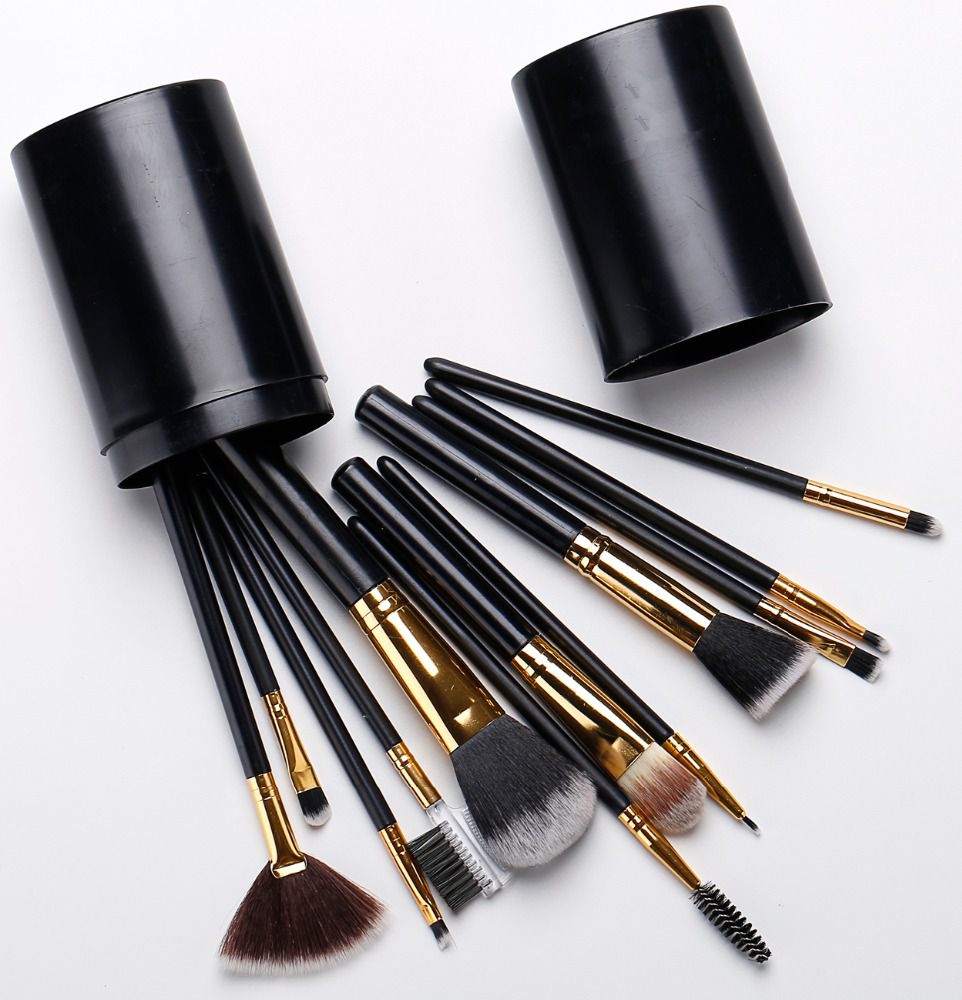Industry news
Cross-Linked Polymer Bristles: Enhancing Elasticity and Shape Retention Over Time
- 968 Views
- 2025-09-14 01:31:59
Cross-Linked Polymer Bristles: Revolutionizing Makeup Brush Performance Through Enhanced Elasticity and Shape Retention
In the world of cosmetics, the quality of a makeup brush hinges largely on its bristles. Softness, powder pickup, and durability are critical, but two often-overlooked yet vital traits—elasticity and shape retention—define a brush’s long-term performance. Traditional bristle materials, from nylon to natural animal hair, have long struggled with these: nylon loses bounce after repeated use, while animal hair, though soft, lacks structural resilience and raises ethical concerns. Enter cross-linked polymer bristles—a material innovation that’s redefining what makeup brushes can deliver.
At its core, cross-linked polymer bristle technology relies on a modified molecular structure. Unlike linear polymers (where molecules form long, separate chains), cross-linked polymers feature molecular chains linked by strong covalent bonds, creating a three-dimensional network. This “molecular net” is the secret to their standout properties. When bent or compressed, the cross-links act like flexible springs, allowing the bristle to deform without breaking and snap back to its original shape. In contrast, linear polymers, lacking these interchain bonds, stretch or kink permanently under stress—explaining why traditional nylon brushes fray or splay over time.

Elasticity, the ability to return to form after deformation, is where cross-linked polymers truly shine. In lab tests, these bristles have shown up to 95% shape recovery after 5,000 cycles of bending—a stark contrast to standard nylon’s 70% recovery rate. For users, this means a brush that maintains its “snap” even after months of daily use: a fluffy powder brush stays voluminous, a precision eyeshadow brush retains its tapered tip, and a foundation brush avoids the “flat” texture that ruins streak-free application.

Shape retention, the capacity to resist long-term deformation, is equally critical. Makeup brushes endure constant stress: being packed in makeup bags, scrubbed with brush cleansers, and pressed against skin or palettes. Cross-linked polymers excel here because their 3D network resists creep—the slow, permanent deformation that plagues linear materials. A study by a leading brush manufacturer found that cross-linked polymer bristles retained 90% of their original shape after 12 months of regular use, compared to 65% for conventional synthetic bristles. This longevity translates to brushes that stay neat, apply makeup evenly, and reduce the need for frequent replacements—saving brands and consumers alike.
Beyond elasticity and shape retention, cross-linked polymers offer added benefits that address industry pain points. Their chemical resistance, for example, makes them impervious to the oils, solvents, and pigments in cosmetics, preventing bristle degradation or discoloration. Unlike natural hair, they don’t absorb product excessively, ensuring consistent color payoff and easier cleaning. For brands, this means brushes that align with modern demands: cruelty-free, durable, and high-performing.
The future of cross-linked polymer bristles looks even more promising. Manufacturers are experimenting with bio-based cross-linkers to boost sustainability, while nanoscale modifications aim to enhance softness without sacrificing resilience. Early prototypes suggest potential for “smart” bristles—antimicrobial coatings to prevent bacterial buildup, or heat-responsive cross-links that adjust flexibility based on product texture (e.g., cream vs. powder).

For cosmetic brands and brush makers, adopting cross-linked polymer bristles isn’t just a materials upgrade—it’s a commitment to performance. In an industry where consumer loyalty hinges on tool reliability, these bristles deliver the consistency, durability, and ethical edge that set products apart. As makeup artists and enthusiasts alike seek brushes that “last as long as their favorite lipstick,” cross-linked polymers are proving to be more than a trend—they’re the new standard for excellence.











